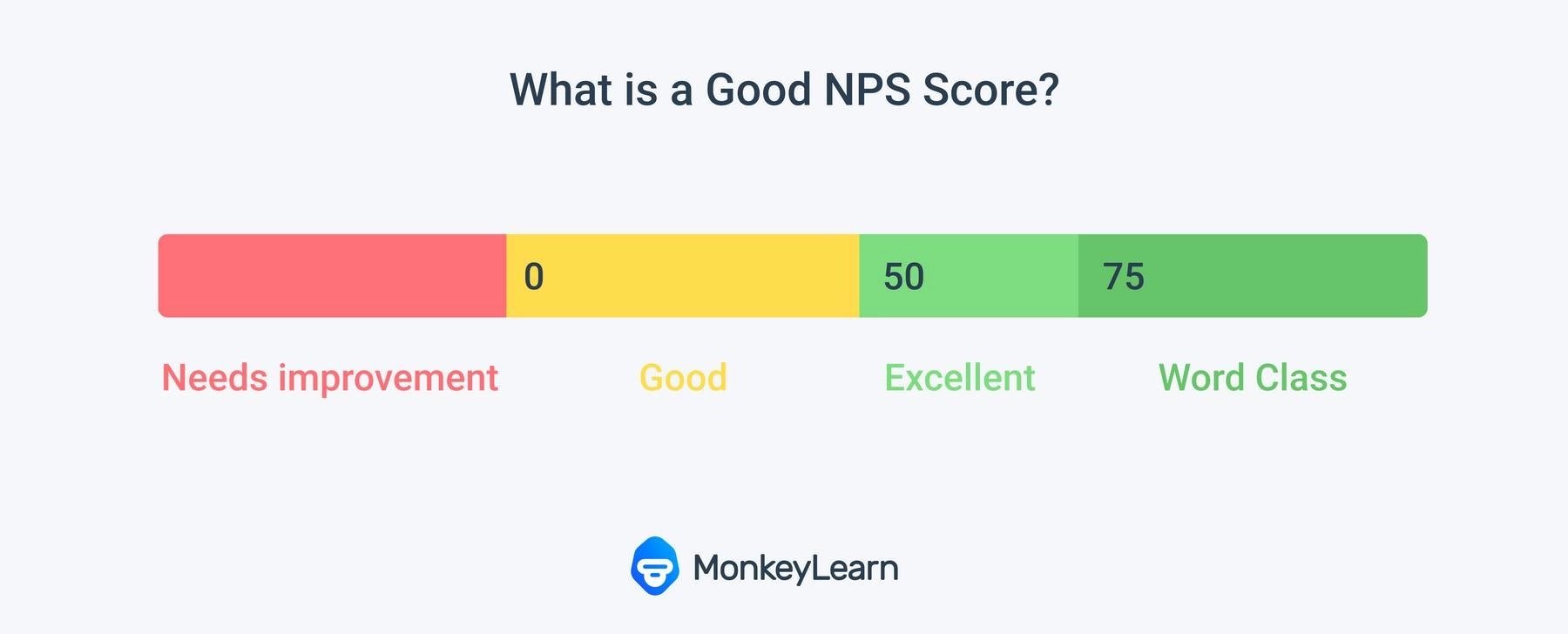Essential Analytics for Customer Success
Customer Success leaders regularly ask me how they can mature their data gathering strategies to understand not just what their customers are doing but why. I always recommend they start with building strategies to form closer relationships with customer data.
Not only does a closer data relationship give you a more intimate understanding of your customers’ behavior, but it can also help you weather inevitable business challenges (like an economic downturn).
To infuse the greater customer intimacy into your Customer Success program that you need to drive renewals, grow retention, and reduce churn, track against these essential metrics.
Revenue Leaders Need Data
As a revenue leader, you need data. Beyond stats on revenue and usage, you need an approach to data that gives you a 360°-view of your customers and their engagement with you. You need deeper insights into patterns in their behavior that gives you a sense of how likely they are to keep doing those things (including staying with you).
To realize the greater customer intimacy that’s core to fulfilling the promise of Customer Success, you need a holistic picture of your customers’ engagement with you and a way to surface their hidden sentiments—those unspoken concerns they haven’t mentioned and motivations they might not even be aware of.
Monitoring and setting goals against these key metrics allow you to paint that picture and give rise to actionable, rich, multi-layered insights into your customers’ behavior. You’ll also be able to pinpoint areas where you can reduce friction and address other obstacles that might be contributing to churn. For a deeper dive into ways to end churn, read our blog, 11 Strategies to Stop Customer Churn Now.
Goal Setting
It helps to set goals for the metrics you choose and work backward toward your analysis. For example, if your goal is to reduce churn by 3% this year, you’ll know to focus at a minimum on churn rate, product usage, and average first response. Goal setting will also help you know what data to track and which KPIs to set for your team.
To prevent yourself from drowning in a sea of data points and forgetting why you’re collecting them in the first place, identify the data inputs you need that will be most meaningful and relevant to your company.
Figure out who in your company is the keeper of that data, and communicate your needs to them. For example, what do you need (which data from which systems, including specific fields and any other parameters), in what format (a .csv file, report, presentation, etc.), and how often you need it (bi-weekly, monthly, or quarterly).
Know Your Customers’ Context
To gain a well-rounded picture of your customers and their needs, examine their engagement with you and your product from every angle and work to see things from their perspective. We call this customer context, and it’s vital to customer stickiness. Knowing it enables you to anticipate their challenges and questions so you can be prepared with proactive solutions and deliver an unforgettable experience. It helps you paint a comprehensive yet nuanced picture of their lived experiences interacting with your company and using your product.
There are a lot of rabbit trails to customer context. Avoid the temptation to review every minute data point from every system you have access to. Instead, focus on those that give clear customer context, such as those that signal wins or fails, and shed light on their overall experience, like:
- Product usage: Login frequency, size of plan, features used
- Sales information: Team notes on challenges and opportunities
- Support notes: Number of help-desk tickets and average resolution times
- Customer feedback: Product reviews, survey responses, satisfaction score data
- Financial information: Contract length, renewal schedule, current payment
- CRM data: Lifecycle stage, contact information, engagement history
No two customers or experiences are alike, so make sure you benchmark this information for each of your clients and update it as needed throughout their journey.
Essential Customer Success Analytics
These are the core metrics you need to track to gain a more intimate understanding of your customers and their needs. They’ll provide you crucial, data-driven insights you can use to improve your products, internal processes, and your customers’ experience.
1. Churn Rate: This is the rate at which customers stop doing business with you over time. To calculate it, divide your monthly recurring revenue by the revenue you lost for the month. Exclude any upgrades or additional revenue from existing customers.
2. Net Promoter Score: NPS measures your customers’ experience and loyalty to your brand by asking customers: “On a scale of 0 to 10, how likely are you to recommend our business to a friend or colleague?” It groups responses into one of three categories: detractors, passives, and promoters. To calculate NPS, subtract the percentage of detractors who scored between 0 and 6 from the percentage of promoters that scored between 9 and 10.

3. Customer Health Score: Your customer health score helps you predict client behavior, which is key for preventing churn. The formula will vary depending on your business, but you’ll want to seek answers to these questions: 1) What are my customers currently experiencing? 2) How can I improve this experience before they churn?
4. Average Revenue Per User: ARPU is useful for calculating your recurring revenue. To find this number, divide your monthly revenue by your number of customers for that month.
5. Monthly Recurring Revenue: Your MRR is your predicted monthly revenue for all your customers. To calculate it, multiply your number of subscribers by the ARPU.
6. Trial Conversion Rate: To monitor how many users convert from a trial, divide the number of converted users by the number of trial users.
7. Customer Retention Rate: Your retention rate is the number of clients who stay with you after a specific period. To calculate this number, use this formula: [(E-N)/S] x 100 = CRR. S = The existing customers at the starting period. E = The total number of customers at the end of your measurement. N = The number of new customers added between the start and the end.
8. Average Days to Onboard: This metric, when it becomes high, can help identify problems in your onboarding process. You can calculate it by dividing the total number of onboard days by the number of customers you onboarded.
9. Product Usage: This helps determine how engaged a client is with your product. Low usage can indicate churn, while high usage can indicate a loyal customer or potential for upsells. This metric will be measured differently depending on the product. Try to answer these questions: Is the customer engaging with the product more or less than others? Has usage changed dramatically in a short period of time? Does their usage exceed their plan? Do they need more from our product?
10. Average First Response: Low first response times can cause friction, especially if customers have an outstanding issue. Calculate your response time by adding all the first response times and dividing it by the number of tickets resolved.
Having customer data is empowering, but data alone cannot drive change or impact your customers’ experience. How you collect, manage, and act upon this data can determine both your level of customer intimacy and your growth trajectory. You may want to invest in Customer Success software, which can transform silos of internal and external data into meaningful, actionable customer IQ that can inform Customer Success decisions.
Don’t DIY Your Customer Success Software
Once you have your goals and metrics, create a dashboard that gives your team insights into every facet of each customer’s experience. It should highlight both the positives (such as customer annual recurring revenue and upsells) and the negatives (like downgrades and churn).
Whatever tool you choose, configure it to ensure your team has access to the same information and is tracking and working toward the same goals. Your dashboard should capture where your customers are at a moment in time and establish a baseline to help you identify patterns (such as product issues that have been flashpoints for multiple customers) and escalate resolutions to those issues.
In addition to patterns, look for parallels in metrics between customers, not only to make your processes more efficient, but to standardize and leverage insights across customers (i.e., “We have another customer like you, and here’s what we’ve found that’s been valuable to them. Might it be to you?”, or “We’re crunching these numbers for our other similar customers. Would this be helpful for you, too?”). Sharing these findings takes you beyond a traditional Customer Success job description to playing a consultative role, able to tune into and deeply understand your customers’ lived experiences.
Customer Success at MarketSource provides our customers with a complete tech stack, along with the people and processes they need to realize the promise of Customer Success. Our plug-and-play solutions fit together with our methodologies and playbooks, streamlining and standardizing our customers’ Customer Success practice from day one.
Data Autonomy?
Although it can make your data gathering and synthesis process more efficient, having data autonomy from the business isn’t necessary. If you don’t have the bandwidth to collect, parse, manage, and analyze data, focus on building strong relationships with your internal business intelligence (BI) team. If you’re ready to bring on your own dedicated data analyst, that likely means you’re in a growth phase.
No matter your readiness for data autonomy, building a closer relationship with your data will move your Customer Success practice forward on the maturity scale. For a guide to building a mature Customer Success program, read our blog, A Maturity Model for Building an Effective Customer Success Practice.
Unlock Your Data’s True Value
To make meaningful connections with your customers that translate into deeper relationships and loyalty, you need the ability to see and appreciate their complete context and to empathize with their experiences—both as people and in relation to your company and product.
With the right guidance, Customer Success analytics are your ticket to gaining nuanced visibility into and an intimate understanding of your customers that you need not just to scale but to deliver unforgettable, bottom line-impacting value. Our Customer Success team has learned how to derive value from key analytics to accelerate the growth of your organization and your sales.
Ready to talk?


